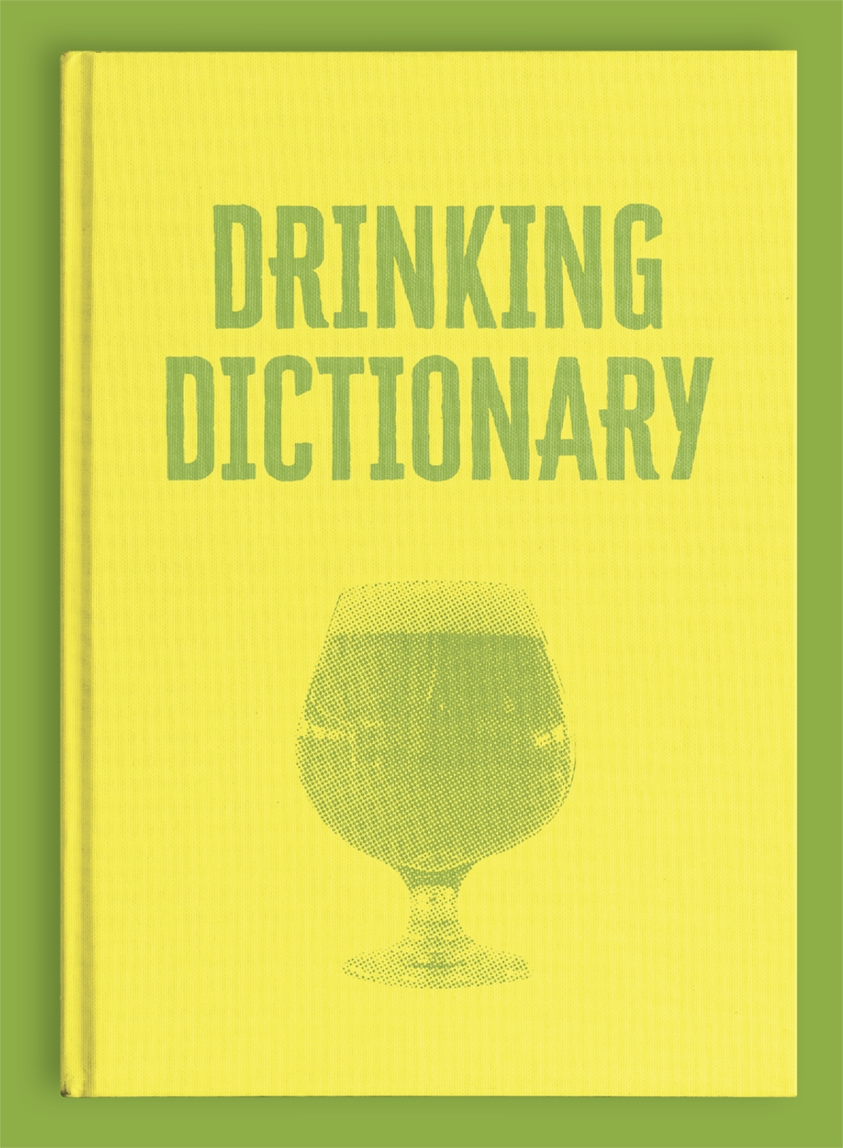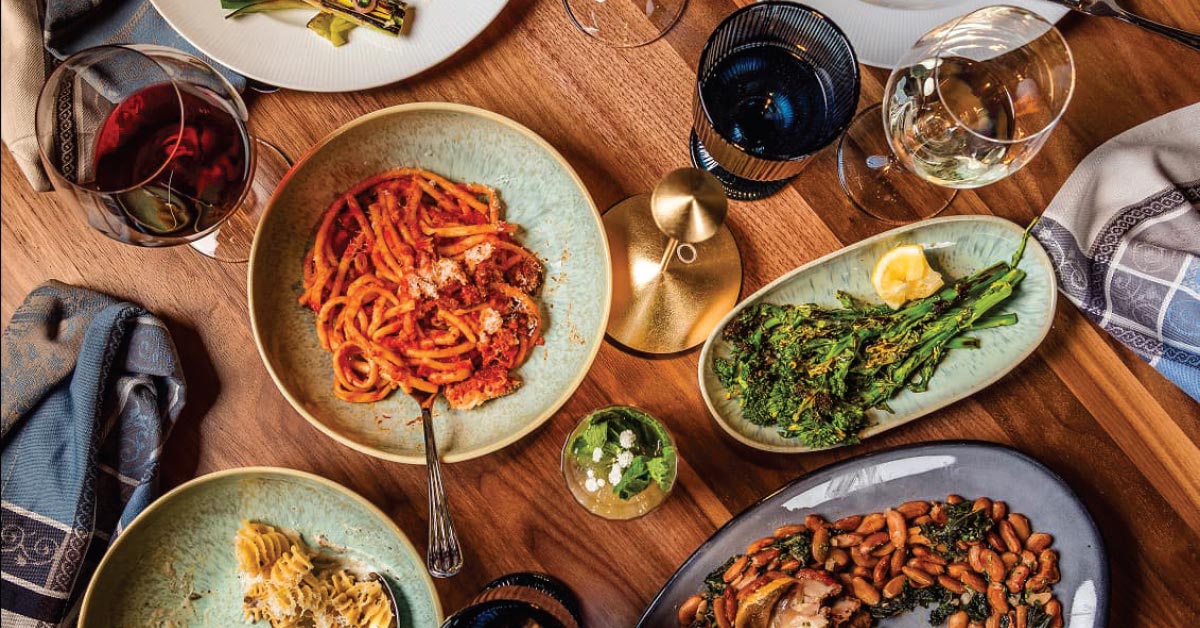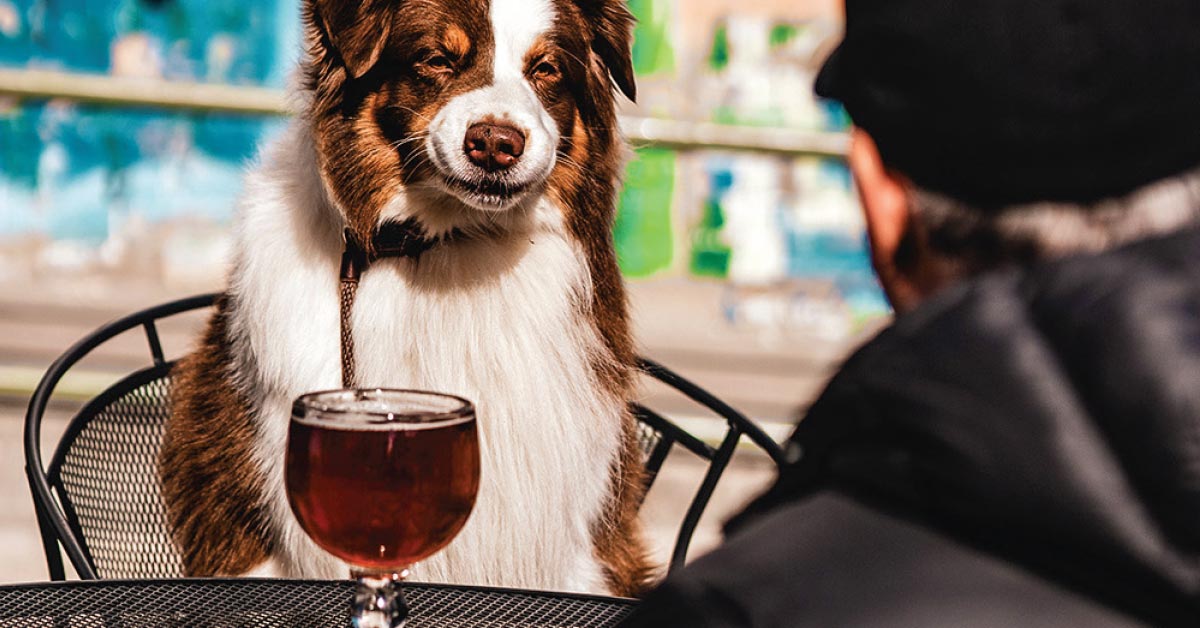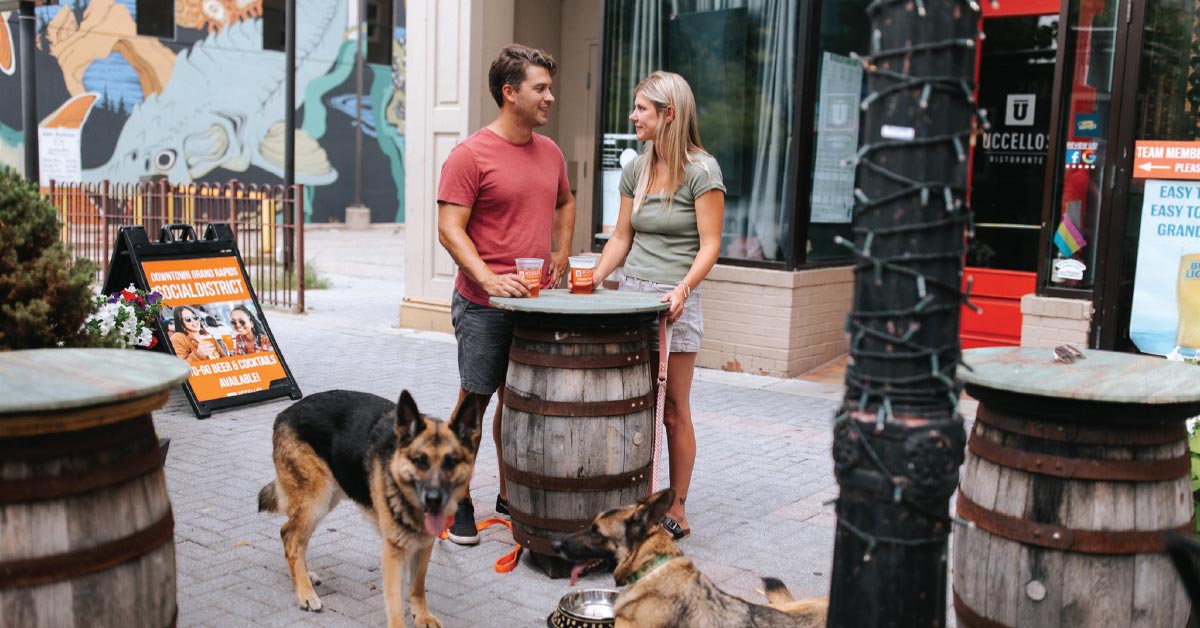Hops, malt, lactose, oh my! As the global craft beer selection gets larger and more complicated, getting into beer can be like stepping into a zoo full of a hundred animals you didn’t even know existed, much less knowing what their names are. Luckily, all it takes to learn is asking the right people and getting some “practice” in. We asked local brewers and brewery staff to break down the top current terms to know in the craft beer industry.
IBU
Chris Gibbons, Brass Ring Brewery
IBU is shorthand for the term International Bittering Unit. The IBU is a reference to bitterness imparted into beer by the way of hops. The higher the IBUs, the more bitter the beer. The scale goes from one to 100. Traditional English brown ales, porters or stouts are malty, less bitter beer and have an IBU range of 20 to 30. IPAs, which are more bitter, range from 60 to 80. We include the IBUs on the beer menu to assist and inform our guests as to the amount of bitterness they can expect from each particular beer.
Sour Beer
Mitch Ermatinger, Speciation Brewery
Sour beer might sound like an unappealing term, but many things that people enjoy are sour, including wine, cider, juice and, most of all, candy! Our beer naturally develops acidity from the addition of healthy lactic acid bacteria, i.e. probiotics. Most of our beer is tangy and extremely fruity, usually to the tone of cherries, berries and tropical fruit. If you like wine and cider, then you’ll like our (sour) beer.
Wheat
Jeff Sheehan, Rockford Brewing
Most craft beers are made from a majority of barley malt, but occasionally, wheat is used and sometimes it becomes the majority of the overall grain used to make a beer. At Rockford Brewing Company, we tend to use majority wheat-based beers for many of the brands within our Permaculture Series. The lighter body and flavor of wheat beer is a perfect canvas for showcasing the unique characteristics of other fun ingredients. Wheat can also be used in smaller quantities to contribute to a smooth and creamy texture in any beer.
Hazy
Ed Collazo, City Built Brewery
Hazy references the hops that stay in suspension, giving the beer a hazy appearance. Brewers work hard to figure out how and when to hop beers at specific times so that they achieve biotransformation, which allows hops to stay suspended and it is frequently thought to produce desired “juice” flavors.
Lactose
Hannah Lee, Waypost Brewing
Lactose in beer is definitely in vogue now, in the form of dessert Berliners, milkshake IPAs, and of course big Russian Imperial Stouts. It was used in the past as a way to promote the healthful benefits of beer. Nursing mothers, the convalescent, and even children were given milk and cream stouts in early 20th-century England. Lactose is a milk-derived sugar that is unfermentable by brewer’s yeast, so it lends residual sweetness, creamy texture and a full mouthfeel.
Saison
Hannah Lee, Waypost Brewing
Saison is the quintessential Franco-Belgian farmhouse beer and has a history of being brewed, kept and enjoyed by many a farmhand. Today, saison is a bit of a muddled style, naturally having evolved this side of the pond. Think fruited, dry-hopped, Imperial iterations. The classic saison is yeast-driven, slightly peppery, bone dry but with a lovely soft wheat character. Saison is the Pinot Grigio of beer styles because of its easy drinkability. If you’re ever stuck for something to bring to a dinner party, let it be saison!
Simcoe & Amarillo Hops
Chris O’Neil, One Well Brewing
Similar to tomatoes, there are many different varieties of hops. Some are meant to be very bitter and used in IPAs — like Centennial, Zeus and Columbus — while some are meant to have subtle flavors like those used in Pilsners, such as East Kent Goldings and Fuggle. Simcoe is described as being both fruity and earthy and has been compared to a Centennial on steroids. It can carry notes of berry, apricot, passion fruit, and citrus. Amarillo tends to have a more pronounced citrus note than that of Simcoe, leaning toward the orange/grapefruit character.
Session
Jonathan Ward, Broad Leaf and Brewery Vivant
Session beers are broadly defined as beer with a low ABV. I would say under 4.5 percent, though I’ve seen them categorized up to 5 percent. They are so named because you can have a few during a “session” at a local pub. Most of the time, session beer has a less bold mouthfeel — less rich and dense. Generally, things on the high end of the ABV scale are richer and more full-bodied (in modern craft beer, there are no firm rules, however). That doesn’t mean session ales need to be flavorless or thin, just that those flavors need to be derived more from aromatics, and richness needs to come from other sugar sources, grains or even microorganisms. Session beers can be made in a hugely broad array of styles.





